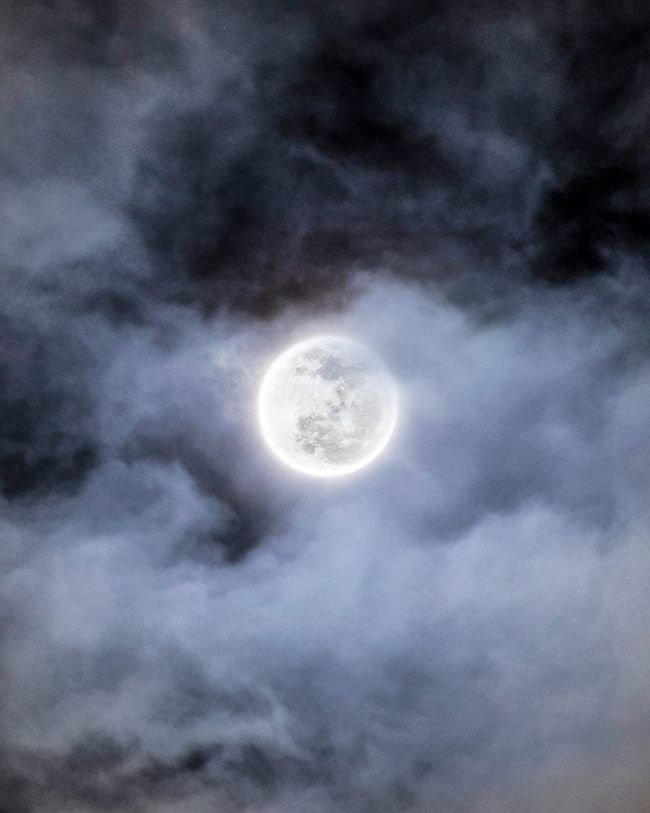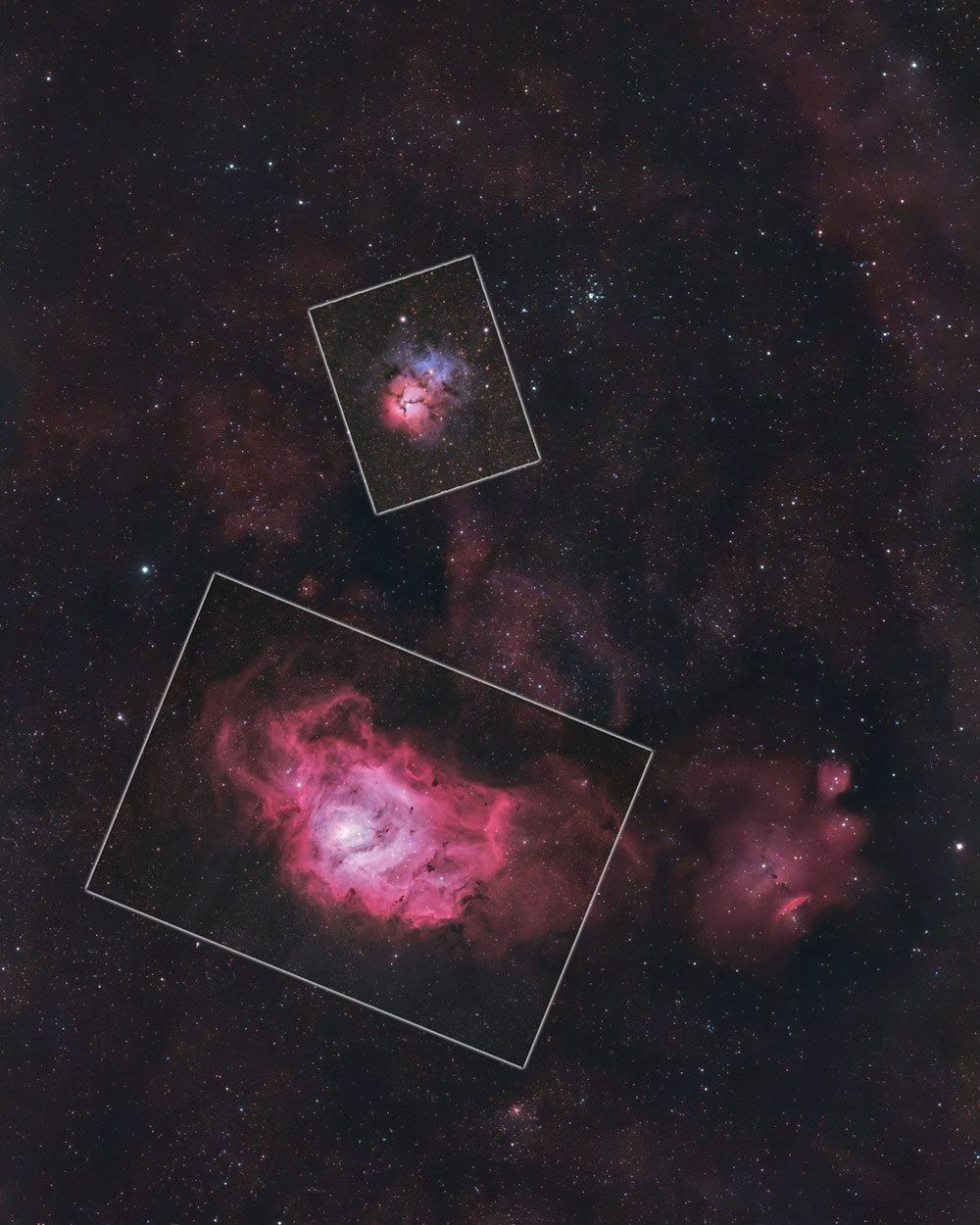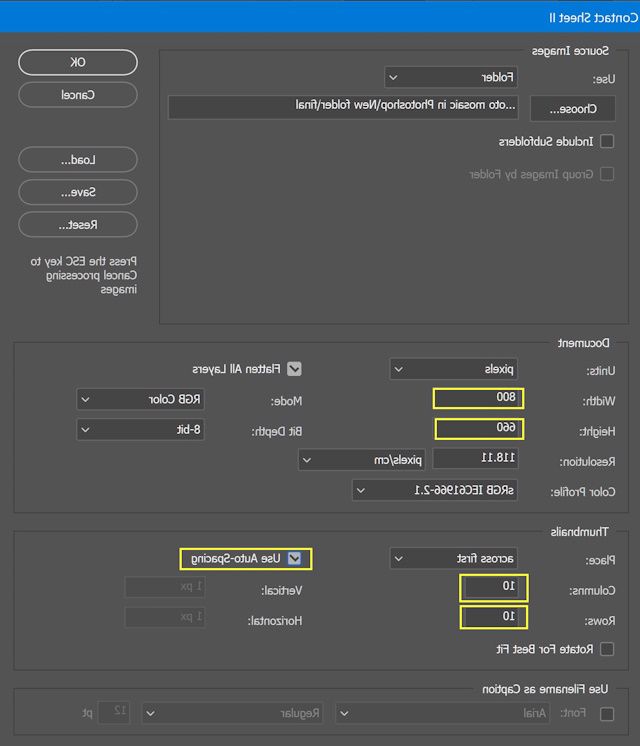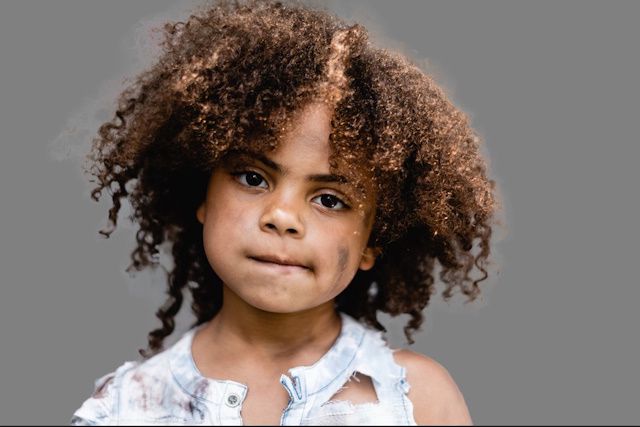Seni Sulam dan Kreativitas - Panduan Membuat Mozaik dengan Photoshop
Acquiring the Image Panels
To create a successful mosaic image, you must carefully plan your imaging session to collect each panel of your intended image frame. Plate-solving will help with this, and there are several tools in software such as Sequence Generator Pro (SGP), and TheSky to help you with this.
Sequence Generator Pro includes a handy Framing and Mosaic Wizard that allows you to fetch the target area, define the camera scale and pixels, and more. The level of automation possible with this routine is remarkable.
The following video explains how to use the framing and mosaic tool in SGP in detail.
If you’re not using the framing and mosaic tool in Sequence Generator Pro to plan your mosaic projects, you can still apply the same techniques on your own.
When collecting your data, the key is to include an adequate amount of overlap area so that you can safely merge the panels together without creating visible “seams”. Most astrophotographers recommend at least a 10% overlap area to safely merge the images together without the worry of having to photograph a new panel.
Planning the panels of a large astrophotography mosaic.
One of the more challenging aspects of creating an astrophotography mosaic is the ever-changing imaging conditions. Light pollution can be a factor, but also the moon phase . Frames shot during a full moon (even narrowband data) will look washed out compared to new moon data.
It is possible to create a nightscape or deep-sky mosaic using images shot at varying focal lengths, but you will need to perform some careful scaling and alignment in Adobe Photoshop. I prefer to manually align and scale my mosaic images in Photoshop, using a soft feathered edge between panels.

Step 5: Combine the Images
With the pattern ready, let’s open our main image in Photoshop. We want to add a layer on top and fill it with our newly created pattern. So go to Layer in the menu bar and hover over New Fill Layer, then choose Pattern from the flyout menu.
You’ll get a box where you can name the layer and press OK.
Press the little arrow next to the preview box to open your pattern options. Find the mosaic pattern you just created and select it.
You can resize the pattern by changing the percentage in the Scale box. If you want to set the mosaic pattern on an angle, you can do that with the Angle box. Click and drag the mosaic pattern on the image itself if you want to reposition it.
Once you’re satisfied with the size and position, press OK.
We need to change the blending mode of the mosaic layer so the main image can come through.
You’ll see a box near the top of the Layers panel that probably says Normal. Click on it to open the blending modes and hover over each for a live preview in the workspace. Different blending modes will work differently with each image, but Overlay will usually be a good choice.

Create a Photo Mosaic in Photoshop
DIY Photo Mosaic Photoshop is a popular technique for creating stunning and unique photo collages. It involves arranging multiple images together to create a single image that looks like a mosaic. Photo mosaic portraits are particularly popular, as they allow you to create a detailed and intricate portrait using multiple smaller images.
To create a photo mosaic portrait using Photoshop, you’ll need to start by selecting your primary image. This will be the image that forms the basis of your mosaic. You can then choose a series of smaller images that will be used to create the individual tiles of the mosaic. These images can be anything – from other photos you’ve taken to stock photos you’ve downloaded online.
Once you have your images selected, it’s time to start creating your mosaic. There are a variety of different techniques you can use to create a mosaic picture in Photoshop, but one of the most common involves using the “Create Clipping Mask” feature.
To do this, you’ll need to select your primary image and then add a new layer on top of it. On this new layer, you’ll add the smaller images that you want to use as tiles for your mosaic. You can arrange these tiles in any way you like, but be sure to leave some space between them so that the primary image is still visible.
Next, you’ll need to select all of the smaller images on your new layer and then right-click and choose “Create Clipping Mask.” This will create a mask that only allows the smaller images to be visible in the areas where they overlap with the primary image. You can then adjust the size and position of the smaller images to create the final mosaic portrait.
Regardless of the approach you take, the key to creating a great photo mosaic is to carefully select your images and take the time to arrange them in a way that creates a cohesive and visually appealing final product. With a little bit of patience and practice, you can create stunning photo mosaic images that are sure to impress your friends and family.

FAQs
Is there a mosaic filter in Photoshop?
Yes, Photoshop offers a mosaic filter that can transform images into captivating mosaic artworks. This filter allows you to create intricate patterns by arranging smaller images or tiles to form a larger picture.
Where is mosaic in Photoshop?
In Photoshop, you can find the mosaic filter under the Filter menu. Navigate to Filter > Pixelate > Mosaic to access this feature, allowing you to pixelate images and create mosaic effects.
How do I make a photo collage in Photoshop?
Crafting a stunning photo collage in Photoshop is a creative endeavor. Import your desired images, arrange them on a canvas, experiment with layers and masks, and add personal touches to create a visually appealing composition.
Can you mosaic a picture?
How do I make a mosaic picture pattern?
How to make a mosaic picture frame?
Designing a mosaic picture frame involves assembling smaller images or tiles around the edges of a central image. Use Photoshop to arrange the images, ensuring they complement and enhance the focal image within the frame.
How are mosaic pictures made?
Mosaic pictures are crafted by arranging smaller images or tiles in a specific pattern or design to create a larger image. This process can be done manually or with software like Photoshop, allowing for creative and visually striking compositions.

Step 2: Collecting a pool of images to use in the mosaic
Adjust the size of your images. To create a mosaic, all images should have the same dimensions. So we need to resize them to 80x 66 pixels so we can get a grid of 10 columns by 10 rows. Instead of individually cropping and resizing in Adobe Photoshop, it’s quicker and simpler to batch resize in Adobe Photoshop when working with multiple mosaic images.
1- Create a resize action
- Open up one of the images in Photoshop
- Click the actions panel, (If you can’t see it, go to Window and click Actions).
- Create new sets by clicking the folder icon, and naming it “Set1”
- Click the new action and name it “Resize”
- Now begin to record your action, by pressing record.
- Click Image > Image Size to bring up the Image Size window
- Change the width to 80 pixels, and length to 66 pixels press OK
- Click File > Save As, and then choose your destination folder “New folder”. Click “Save”.
- Choose your image options, and then click “OK“.
- In the actions panel, click the square “stop“
2- Apply the Resize Action to your mosaic folder
- Open Photoshop, then go to File > Automate > Batch.
- Choose the set that you created for your action ”Set1”
- Choose your action “Resize”
- Set the source to Folder, Press choose, and select the source folder “final”
- Set the destination to Folder, Press choose, select the destination folder “New folder”
- Click OK.

Tags: shop
